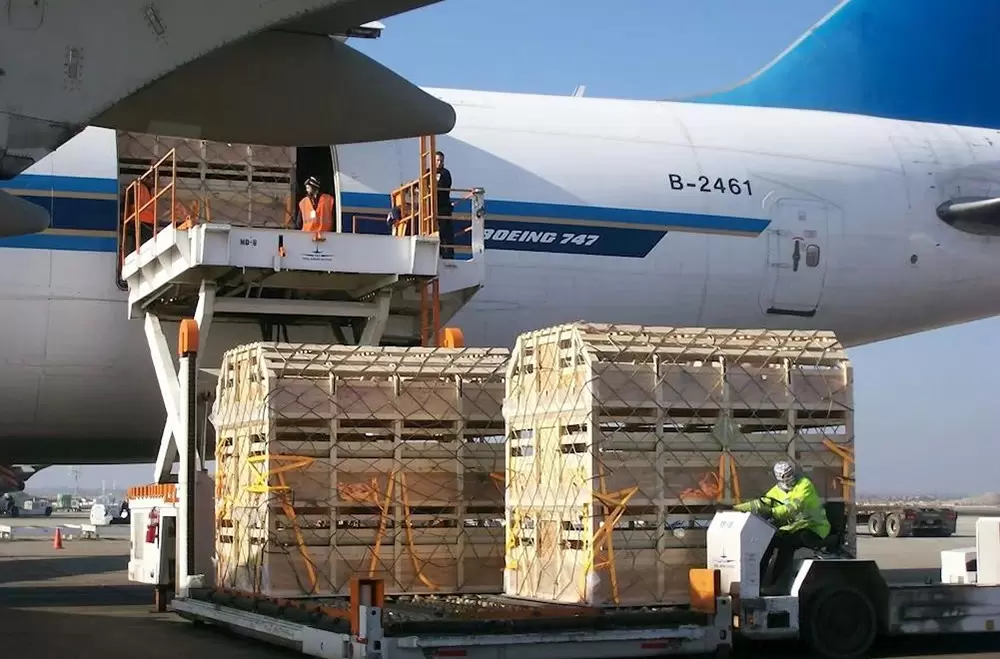Navigating the Pros and Cons of Sea Travel: Unveiling the Advantages and Disadvantages
Sea travel has been an integral part of human history, facilitating trade, exploration, and cultural exchange. With advancements in technology, sea travel continues to be a popular mode of transportation for both leisure and commercial purposes. In this blog post, we will delve into the advantages and disadvantages of sea travel, exploring its various aspects and shedding light on its impact on individuals and the environment.
- Advantages of Sea Travel:
1.1. Vast Cargo Capacity:
Sea vessels offer immense cargo capacity, making them ideal for transporting large quantities of goods. This advantage is particularly beneficial for industries such as shipping, oil and gas, and international trade. The ability to transport bulk goods efficiently reduces costs and contributes to global economic growth.
1.2. Cost-Effective:
Compared to air travel, sea travel is generally more cost-effective, especially for long-distance journeys. The lower fuel consumption of ships and the ability to carry a large number of passengers and cargo make sea travel an affordable option for both individuals and businesses.
1.3. Reduced Traffic Congestion:
Sea travel helps alleviate traffic congestion on roads and in the airspace. By diverting some of the transportation load to the sea, it reduces the strain on existing infrastructure and improves overall efficiency in the transportation sector.
1.4. Leisure and Tourism:
Sea travel offers unique opportunities for leisure and tourism. Cruises provide a luxurious and relaxing experience, allowing passengers to explore multiple destinations while enjoying various onboard amenities. Additionally, sea travel enables tourists to access remote islands and coastal areas that are otherwise inaccessible by land.
- Disadvantages of Sea Travel:
2.1. Time-Consuming:
One of the major drawbacks of sea travel is the time it takes to reach destinations. Ships are slower compared to airplanes, resulting in longer travel durations. This can be a significant disadvantage for time-sensitive journeys or urgent deliveries.
2.2. Weather Dependency:
Sea travel is highly dependent on weather conditions. Storms, hurricanes, and rough seas can cause delays, disruptions, and even accidents. This unpredictability poses challenges for industries relying on timely transportation, such as perishable goods or emergency supplies.
2.3. Environmental Impact:
Sea travel, particularly large cargo ships, contributes to environmental pollution. The emission of greenhouse gases, oil spills, and the release of ballast water containing invasive species are some of the environmental concerns associated with sea travel. However, advancements in technology and stricter regulations are continuously addressing these issues.
2.4. Limited Accessibility:
While sea travel provides access to coastal areas and islands, it may not be feasible for landlocked regions or destinations far from the coastline. This limitation restricts the accessibility of sea travel and necessitates alternative modes of transportation for certain locations.
Conclusion:
Sea travel offers numerous advantages, including vast cargo capacity, cost-effectiveness, reduced traffic congestion, and unique leisure opportunities. However, it also presents challenges such as longer travel durations, weather dependency, environmental impact, and limited accessibility. Understanding these pros and cons allows individuals and industries to make informed decisions regarding sea travel, considering factors such as urgency, cost, and environmental sustainability. By striking a balance between the advantages and disadvantages, we can harness the potential of sea travel while mitigating its drawbacks for a more sustainable future.




